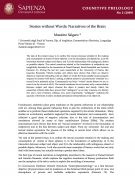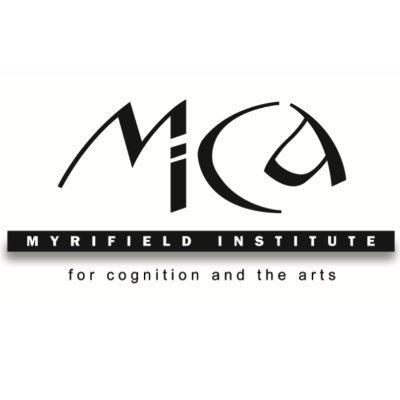
Last paper:
Grazia Pulvirenti, Renata Gambino, Neurohermeneutics. A Transdisciplinary Approach to Literature
- Peer review
- Submit a paper
- Suggest a paper
- Contact us
- Partner program
Massimo Salgaro,
Stories without Words: Narratives of the Brain
 Source: Cognitive Philology, 2
Source: Cognitive Philology, 2Year: 2009
Topics: Cognition;
Disciplines: Literature;
DOWNLOAD PAPER
Download size: 354.24 KB
The task of the present essay is to outline the neural processes entailed in the making and consumption of stories in three spheres: 1) in the foundation of subjectivity, 2) in the interaction between subject and object, and 3) in the relationship with ambiguous, absent or possible objects. The neural narratives related to the foundation of subjectivity are insightfully described in the researches of Daniel Dennett, Israel Rosenfield and Antonio Damasio (1). During the last ten years researchers at the University of Parma, like Giacomo Rizzolatti, Vittorio Gallese and others have shown that when we observe objects or someone interacting with an object we evoke the most suitable motor program required to interact with them. Looking at objects means to unconsciously ‘simulate’ at a neural level a potential action. Consequently our brain “writes” stories before we act, or even if we do not act at all (2). The neural narrations do not concern only a mere relation between subject and object wherein the object is present and handy. Infact, the researches of Semir Zeki have proven that “ambiguity” is not only a feature of a literary text and a tool of literary criticism, but, more importantly, “ambiguity” indicates the capacity of the brain to allow multiple perceptual interpretations of an object (3).
Project
The Neuro Humanities Studies Network aims at creating a multidisciplinary research community in order to develop and structure a linking platform for neuro-scientific, cognitive topics and humanities.
Click on each keyword to show papers related with it.









